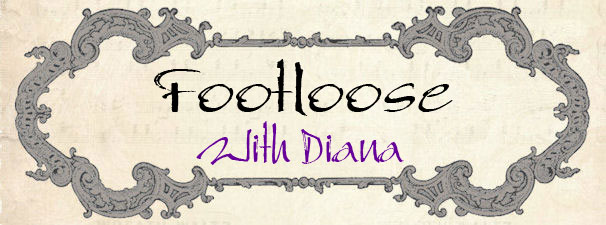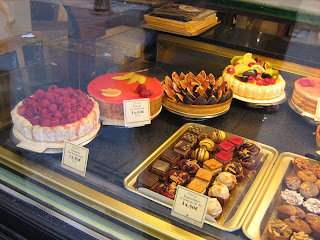We started our sojourn in France in Aix-en-Provence for a leisurely few days before joining an even more leisurely barge cruise through the Burgundy region. This city was founded by the Romans in 212 BC as Aquae Sextiae, the Waters of Sextius. Our hotel, the Aquabella, is on the site of a Roman bath (hence the name), and the pool area retains some of the original Roman fortifications:


The same tower from the street outside:

The Cathedral Saint-Sauveur, one of the most ancient religious sites in Aix-en-Provence. The baptistry dates from the 4th century, with Roman, Gothic and Baroque additions from the 12th through 17th centuries; the cloister dates from the end of the 12th century.

















































